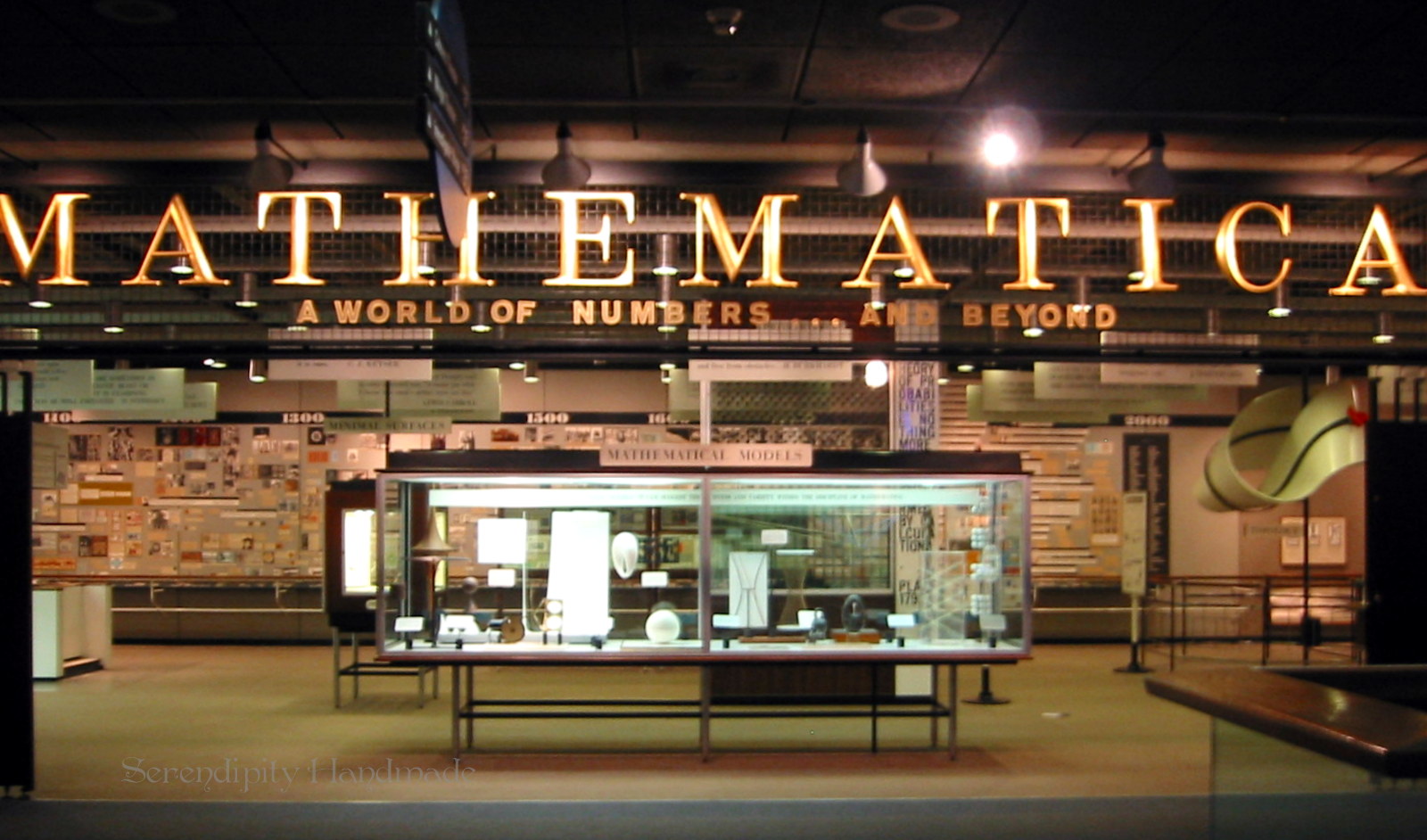
Yet the spread of infinity categories has also revealed the growing pains that a venerable field like mathematics undergoes whenever it tries to absorb a big new idea, especially an idea that challenges the meaning of its most important concept. “No one goes back once they’ve learned infinity categories,” said John Francis of Northwestern University. Many mathematicians view them as indispensable to the future of the field. The 944-page volume serves as a manual for how to interpret established areas of mathematics in the new language of “infinity categories.” In the years since, Lurie’s ideas have moved into an increasingly wide range of mathematical disciplines. Lurie published his first book, Higher Topos Theory, in 2009. “I just think he felt this was the correct way to think about mathematics,” said Michael Hopkins, a mathematician at Harvard and Lurie’s graduate school adviser. Through his books, which span thousands of dense, technical pages, he has constructed a strikingly different way to understand some of the most essential concepts in math by moving beyond the equal sign. Lurie’s ideas are sweeping on a scale rarely seen in any field. In July, Lurie, 41, left his tenured post at Harvard University for a faculty position at the Institute for Advanced Study in Princeton, New Jersey, home to many of the most revered mathematicians in the world. The most prominent figure in this community is Jacob Lurie. “It should have been equivalence all along.” “We came up with this notion of equality,” said Jonathan Campbell of Duke University. They want to reformulate mathematics in the looser language of equivalence. They see it as a veneer that hides important complexities in the way quantities are related - complexities that could unlock solutions to an enormous number of problems. It seems to make an entirely fundamental and uncontroversial statement: These things are exactly the same.īut there is a growing community of mathematicians who regard the equal sign as math’s original error.

The equal sign is the bedrock of mathematics.


 0 kommentar(er)
0 kommentar(er)
